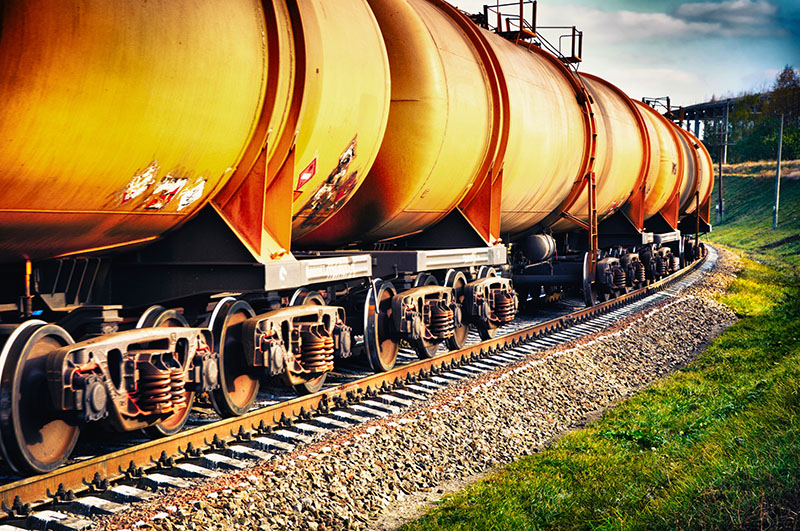
 US railroads typically transport more than two million carloads of hazardous material each year including many chemicals that are hazardous including fertilizer, ethanol, crude oil and chlorine. The train derailment on Feb 3rd 2023 in Ohio has made news headlines all over the world. Since then, other train derailments have been in focus and now communities and the USDOT are calling for new safety changes.
US railroads typically transport more than two million carloads of hazardous material each year including many chemicals that are hazardous including fertilizer, ethanol, crude oil and chlorine. The train derailment on Feb 3rd 2023 in Ohio has made news headlines all over the world. Since then, other train derailments have been in focus and now communities and the USDOT are calling for new safety changes.
U.S. Transportation Secretary Pete Buttigieg called for a push to hold the freight rail industry accountable and improve safety. Buttigieg is looking to end the rail industry’s “vigorous resistance” to increased safety measures, which has included litigation and lobbying Congress.
It has been called upon congress to strengthen rail safety by:
- Increasing the maximum fines that USDOT can issue to rail companies for violating safety regulations.
- Following through on new bipartisan support to expand and strengthen rules governing high-hazardous shipments, including high-hazard flammable trains (HHFT).
- Following through on new bipartisan support to modernize braking regulations and increase the use of electronically controlled pneumatic brakes (ECP).
- Speeding up the phase-in of safer (DOT 117) tank cars to carry hazardous materials.
- Increasing funding to expand hazardous materials training for first responders.
The USDOT called on Norfolk Southern and the entire freight railroad industry to act immediately on the statements being put out and as a response to the derailments. Norfolk Southern recognized the issues and posted a statement that they will immediately begin the following initiatives:
- Enhance the hot bearing detector network.
- Pilot next-generation hot bearing detectors.
- Work with industry on practices for hot bearing detectors.
- Deploy more acoustic bearing detectors
- Accelerate our Digital Train Inspection program.
- Support a strong safety culture by joining C3RS
USDOT states they will strive to continue, and further enhance, its work on freight rail safety, including:
- 1. Advancing the Train Crew Staffing Rule, which will require a minimum of two crewmembers for most railroad operations.
- Initiating a focused safety inspection program on routes over which high-hazard flammable trains (HHFTs) and other trains carrying large volumes of hazardous material travel.
- Initiating a focused inspection program of legacy tank cars and the shippers and railroads who have chosen not to upgrade to the safer tank cars (DOT 117).
- Deploying the resources from the Bipartisan Infrastructure Law under programs to fund projects that modernize and improve rail tracks, eliminate at-grade rail crossings, and improve rail safety.
- Pursuing further rulemaking, to the extent possible under current statute, on high-hazard flammable trains (HHFT) and electronically controlled pneumatic brakes (ECP).
The U.S. chemical manufacturing industry is one of the largest users of freight rail, shipping more than 33,000 carloads per week. In 2021, 2.2 million carloads of chemicals alone were transported by railcar. With chemicals and hazardous materials being transported, railroad safety must be of high priority of the railroad association and the workers.
